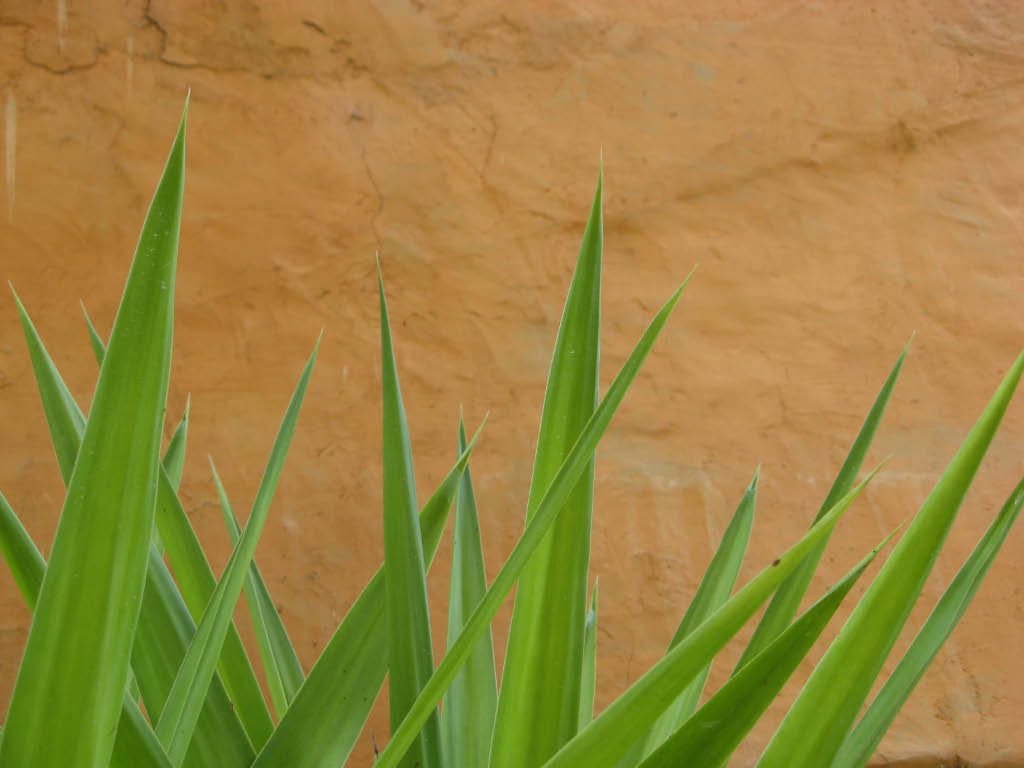- Appropriate planning + garden design that understands user needs and site features and conditions
- Soil analysis + improvement
- Appropriate site preparation
- Reduced use of chemicals and fertilisers
- Appropriate plant selection for suitability to your area
- Choose water wise, drought, frost and fire tolerant plants
- Best practice planting techniques using water crystals
- Practical and minimal, drought tolerant grassed areas
- Increased use of lawn substitutes including native grasslands, permeable paving, mulched areas, paths and native gardens
- Reduction in use of hard surfaces
- Use of paving where you walk, stand or sit (permeable options that allow water penetration)
- Increased use of surface materials that don’t reflect and absorb heat
- Increased use of shade
- Creation of cool zones and mini oasis
- Increased use of decorative pots and potted gardens
- Integration of productive plants for food supply
- Efficient watering + irrigation so plants receive water when and where they need it
- On site rainwater harvesting, storm water and grey water re-use
- Use of water saving practices, design principles and technologies
- Mulching to retain moisture and suppress weeds
- Appropriate maintenance
- An appreciation that climatic conditions will get tougher in future




